BSE still makes a good scare story for the British media, as demonstrated on Monday by The Guardian's extensive coverage of the controversy over the use of hydrolysed beef proteins in poultry products, but the major practical implications for traders are probably more subtle.
Meat consumption data have shown surprisingly rapid recoveries in effective demand following the BSE scares in the UK and on the Continent since the mid '90s, suggesting reports such as the exposé published in The Guardian are unlikely to inflict more than minor, temporary damage on retail sales.
Demand for meat is deeply embedded in European cultures. Taylor Nelson Sofres and the MLC report survey results have indicated that BSE and other livestock diseases are not among consumers' main worries. High fat content is seen as a much more serious threat.
However, the consumer market is complex. In the UK and other northern European societies demand for red meat is strong but gradually diminishing, while a preference for white meat is increasing yet less secure.
Some market research, though not all, has found evidence of relatively young, prosperous, health conscious consumers being more inclined to switch from traditional red meat cuts to poultry and other processed white meat in response to BSE.
On the other hand, the more conservative, lower income consumers began an exodus from beef and lamb to poultry because frozen chicken became so cheap.
Hence the murmurs among traders speculating on the likelihood of consumers at both ends of the market spectrum drifting back to red meat in the belief chicken might be contaminated by BSE.
Nevertheless, the more realistic assessment of market effects seems to involve predicting external trade and regulatory consequences.
{{MEAT }}
Close menu
- Home
- Retail & Wholesale
-
Products & Suppliers
- Back to parent navigation item
- Products & Suppliers
-
Product Categories:
- Back to parent navigation item
- Product Categories:
- Alcoholic drinks
- Bakery
- Cereals & breakfast
- Cheese
- Chicken & poultry
- Chocolate
- Confectionery
- Crisps, nuts & snacks
- Dairy
- Fish
- Fresh produce
- Frozen
- Household
- Meat
- Own Label
- Sauces & condiments
- Seasonal
- Soft drinks
- Vaping
- Vegan & plant-based
- World foods
- Suppliers
- People
- Reports & Data
-
Topics A-Z
- Back to parent navigation item
- Topics A-Z
-
Popular topics:
- Back to parent navigation item
- Popular topics:
- Cost of living crisis
- Crime
- Deposit Return Schemes
- Finance
- Government & Regulation
- Health
- Inflation
- Loyalty
- Marketing
- Mergers & Acquisitions
- New Product Development
- Sourcing
- Supply chain
- Sustainability & environment
- Technology
- Ultra Processed Foods
- Vaping
- A-Z all topics
- Content by type:
- Events
- Subscribe now
Sign in to comment on this article
Not logged in before? Register for FREE guest access today.
You will be able to:
- Read more stories
- Receive daily newsletters
- Comment on stories
Advert



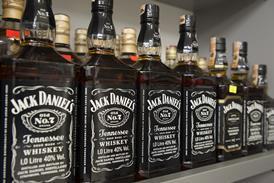
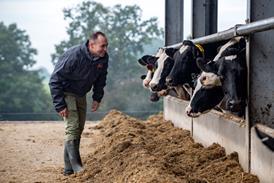


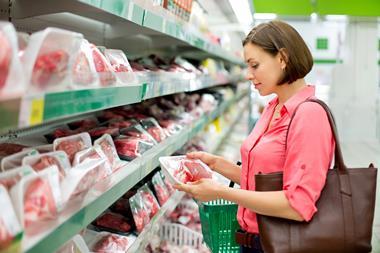

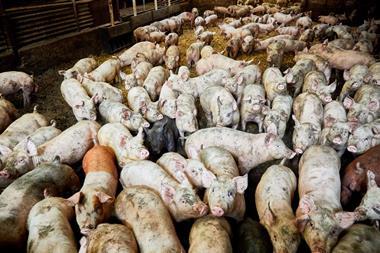

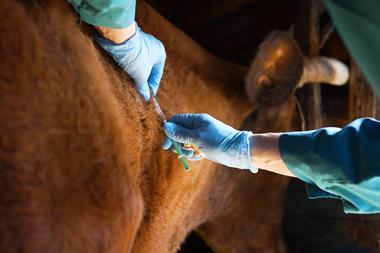

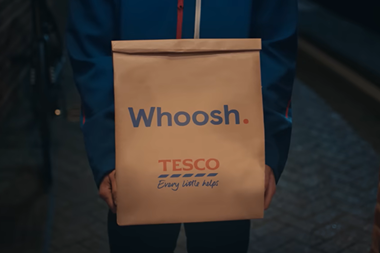




No comments yet